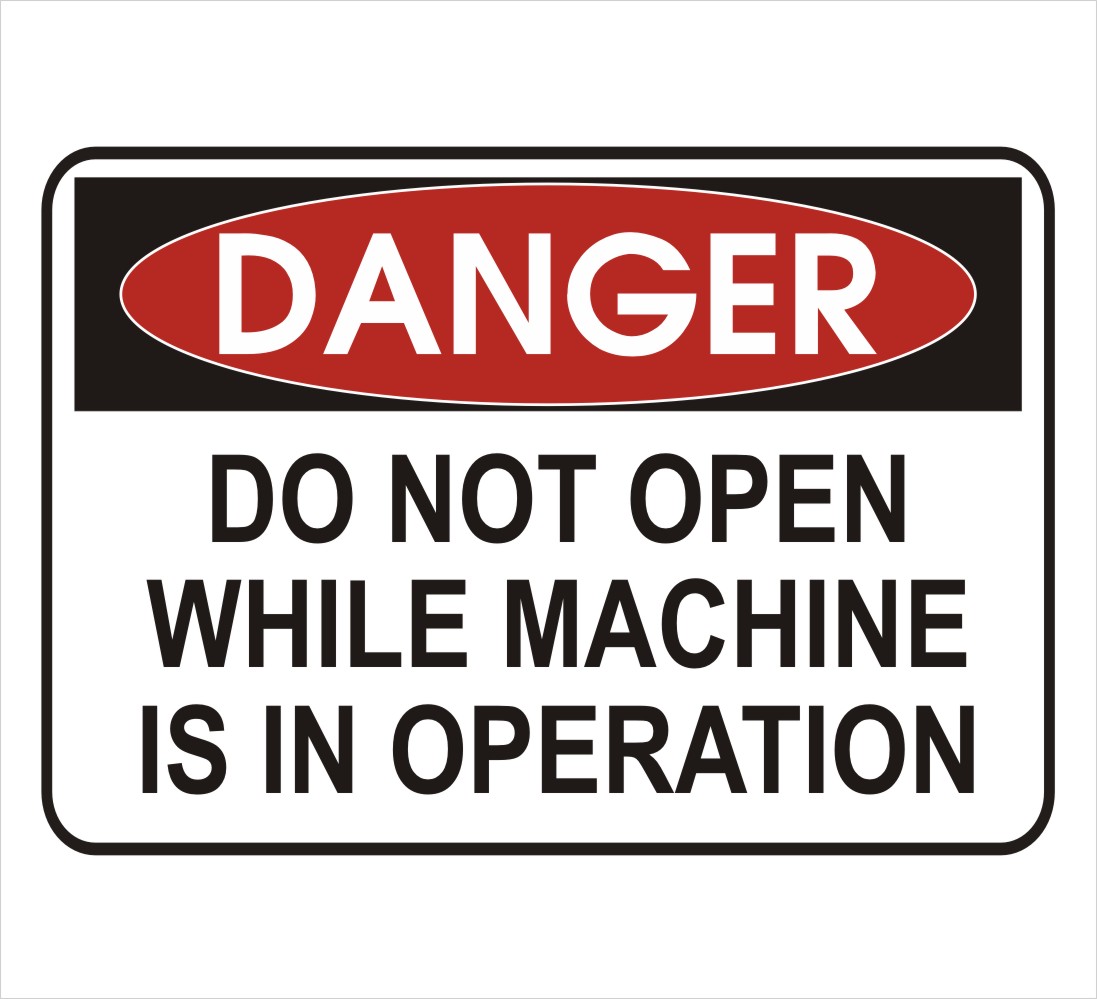In many manufacturing or industrial workplaces, there are inherent safety challenges and potential dangers. Many industries have safety labeling requirements that are regulated by OSHA and other government agencies. But even if your industry or company isn’t regulated, you may have equipment, chemicals, or conditions that would be safer with labels alerting employees (and/or the public) to potential hazards.
Just with every aspect of growing your business, advance planning and preparation go a long way to help you be successful and weather storms. But it’s even more critical with safety, where physical injury—or worse—can happen if warnings are absent or overlooked. Here’s what you need to know.
Safety Label Types
- Danger: the danger label is required in a hazardous situation where precautions are necessary, such as high voltage/electricity, toxic substances, unguarded equipment, and more. Without precautions, individuals can suffer serious injury or even death. For anyone not prepared or protected, the danger must be avoided.
- Warning: hazardous situations requiring warning labels can also result injury or death, but only require the precaution of alertness. These are common on and around machinery with moving parts, debris, risks, and more. To prevent injury, the warning must be heeded.
- Caution: the caution label is an alert to a possibility of minor or moderate injury. Hot surfaces, slip-and-fall risks, heavy lifting alerts, and more, require cautionary notification. To prevent injury, caution must be exercised.
In addition to injury risks, other equipment or environments can benefit from notice labels that provide such information as proper use, procedures, maintenance, or rules. But this type of label should not be used for injury alerts, which are reserved for the label types above.
Safety Label Content
Danger, warning, and caution labels are more than just those specific words. Depending on your industry and the standards that regulate it (such as ISO, ANSI, or OSHA), certain formats and content are required to not only appear on the label, but appear in a specific format. These are important considerations:
- Colors: for uniformity and easy recognition, color schemes have been developed by regulators (ANSI, ISO). Make sure your warning, caution, and danger labels follow these requirments.
- Content, text, and layout: just as with colors, the layout of labels has been standardized so that they can be quickly understood even by new users, as long as they are familiar with the system. Ensure that the layouts of you labels comply.
- Symbols: specific graphical representations of the type of hazard have been created to quickly alert users so they know what they’re dealing with. Use the appropriate symbol and in the required colors and format.
- Label material: it’s not enough to label machinery or the work environment. The label has to withstand that environment and the handling of the equipment. Your safety label printer can guide you in choosing the right material to print the label on so that it can continue to do its job whether it faces lots of handling, heat or cold, chemicals or contaminants, airborne debris, and more.
- Location: a label is only effective when visible and read by users. Plan ahead when determining the best location for a safety label so that anyone using the equipment or in the affected environment is adequately alerted right away—and before finding themselves in a hazardous situation.
It can be challenging to design a safety label that meets all the requirements of workplace safety organizations, while also doing its job—fully alerting people of potential hazards. With advance planning and help from an experienced safety label printer, you can print effective labels that help keep everyone safe and avoid injury (or worse).

